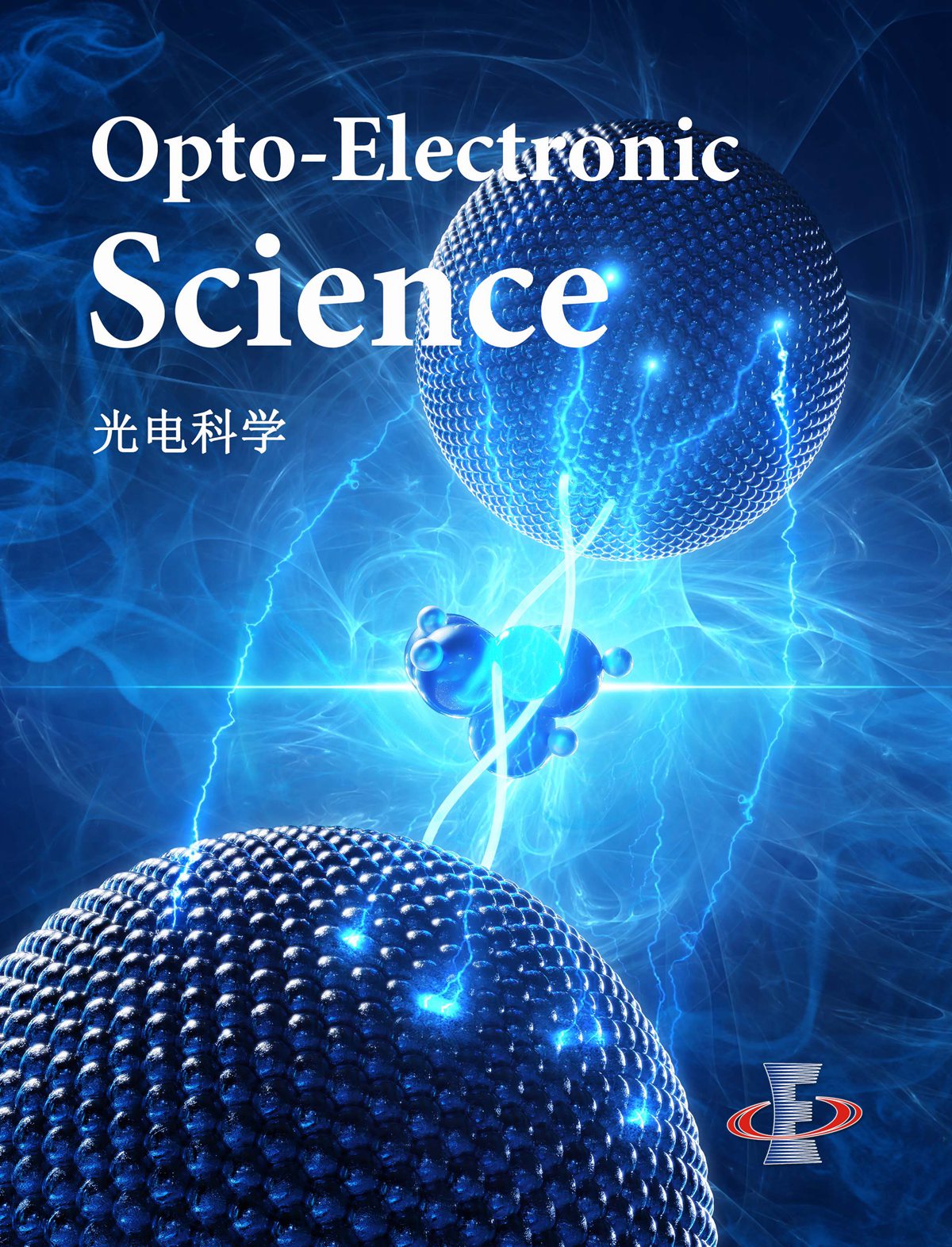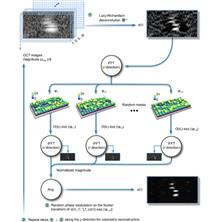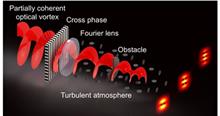 View fulltext
View fulltext
Deconvolution is a commonly employed technique for enhancing image quality in optical imaging methods. Unfortunately, its application in optical coherence tomography (OCT) is often hindered by sensitivity to noise, which leads to additive ringing artifacts. These artifacts considerably degrade the quality of deconvolved images, thereby limiting its effectiveness in OCT imaging. In this study, we propose a framework that integrates numerical random phase masks into the deconvolution process, effectively eliminating these artifacts and enhancing image clarity. The optimized joint operation of an iterative Richardson-Lucy deconvolution and numerical synthesis of random phase masks (RPM), termed as Deconv-RPM, enables a 2.5-fold reduction in full width at half-maximum (FWHM). We demonstrate that the Deconv-RPM method significantly enhances image clarity, allowing for the discernment of previously unresolved cellular-level details in nonkeratinized epithelial cells exvivo and moving blood cells invivo.
The ability to overcome the negative effects, induced by obstacles and turbulent atmosphere, is a core challenge of long-distance information transmission, and it is of great significance in free-space optical communication. The spatial-coherence structure, that characterizes partially coherent fields, provides a new degree of freedom for carrying information. However, due to the influence of the complex transmission environment, the spatial-coherence structure is severely damaged during the propagation path, which undoubtedly limits its ability to transmit information. Here, we realize the robust far-field orbital angular momentum (OAM) transmission and detection by modulating the spatial-coherence structure of a partially coherent vortex beam with the help of the cross-phase. The cross-phase enables the OAM information, quantified by the topological charge, hidden in the spatial-coherence structure can be stably transmitted to the far field and can resist the influence of obstructions and turbulence within the communication link. This is due to the self-reconstruction property of the spatial-coherence structure embedded with the cross-phase. We demonstrate experimentally that the topological charge information can be recognized well by measuring the spatial-coherence structure in the far field, exhibiting a set of distinct and separated dark rings even under amplitude and phase perturbations. Our findings open a door for robust optical signal transmission through the complex environment and may find application in optical communication through a turbulent atmosphere.








